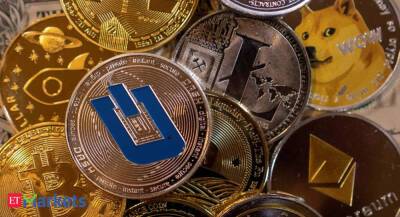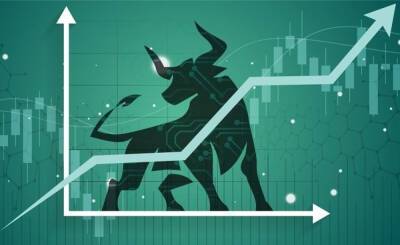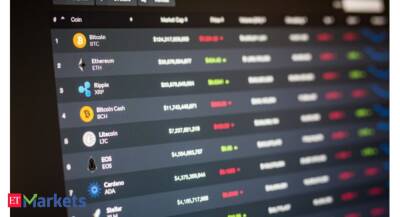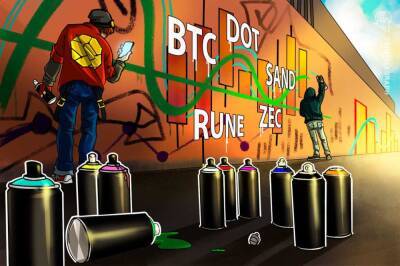Top blockchains that are more decentralised than others
When talking about cryptocurrencies and blockchains, there’s one word that keeps coming up: decentralization. For many, this denotes a system or structure that does not have any central authority. For others, it means that the power and control of a network are distributed equally among a community.Let us take the US dollar and Bitcoin as examples to understand the concept of decentralization.The United States government has complete control over the US dollar and can create new notes whenever they want to.
They can also determine how the banks distribute them and even monitor and restrict the use of the currency around the world. Therefore, the US dollar is a centralized currency.Whereas in the Bitcoin network, no individual or organization can willingly create new Bitcoin tokens or decide how they are distributed or monitored. The Bitcoin consensus mechanism, which involves various entities or nodes, controls the creation and distribution of new bitcoins.But true decentralization is theoretical at this point.
There will always be a level of certain centralization pertaining to scalability or security.For instance, Bitcoin is theoretically one of the most decentralized blockchains in existence. It was designed in a way where anyone can use a computer to become a part of the network’s consensus mechanism, mine bitcoin, and take part in the voting process. This was the prime example of what a truly decentralized network should look like.However, as the mining difficulty increased thanks to an influx of new miners, high-end computers were needed to mine new blocks.
Read more on cnbctv18.com











